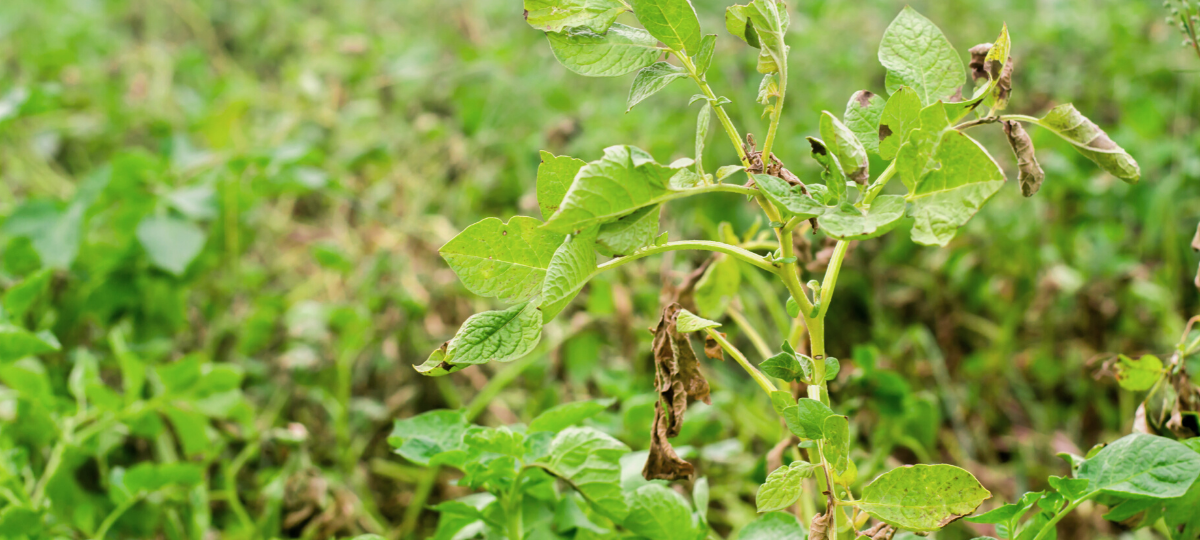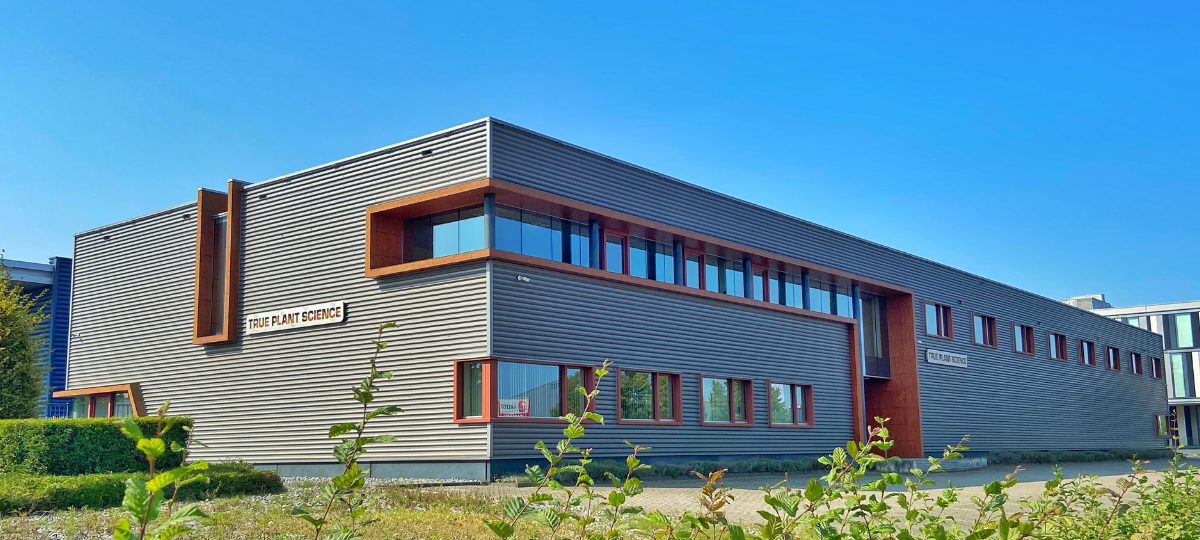After years of traditional agriculture, our once-fertile soils are now mostly dead and depleted. Season after season the soils have been treated like a chemistry experiment, creating further imbalance. But as luck would have it, farmers are slowly waking up to the importance of healthy micro-life populations in their soils. But what are they? What do they do? And why does it matter?
You may have heard that a hospital is the best place to get sick – even though everything is ultra-sterile. When good microbes are gone, bad ones move in. Our world functions best in partnership with good microbes to protect us against invisible threats and to perform functions impossible for the farmer. Nature’s way is to support and partner with the beneficial microbe community. More and more farmers are waking up to the fact that healthy microbes are the key to increasing quality and yield while minimizing plant stress.
Healthy soils contain a mix of various microbes that can be either beneficial or harmful to your plants. We can separate these organisms into four primary microbes in the soil; protozoa, nematodes, bacteria, and fungi.
Protozoa and nematodes are larger organisms that perform specific and important functions in healthy soil, such as eating bacteria and fungi, as well as protecting the rhizosphere (area directly around the roots). But, for the purpose of this article, we’ll focus on bacteria and fungi, as they form the base of the soil micro-life.
BENEFICIAL BACTERIA
Bacteria are the smallest of microbes. They tend to be the most diverse and resilient too. Bacteria are the first to establish populations in a soil environment. In fact, they require little time and resources to begin functioning.
These microscopic creatures are the workhorses of the soil, tuned to perform specific functions. Bacteria don’t eat as we do. Instead, they simply absorb small molecules through their cell wall(s). Since most compounds in soil are larger “poly” molecules, bacteria produce enzymes and send them out to cut up large chunks into smaller absorbable molecules.
Bacteria like to eat simple sugars as their primary food source. They are able to consume small sugar molecules quickly without enzymatic digestion. They can break down large sugars with enzymes but it takes some time.
These are some of the functions bacteria perform:
- Produce hormones, vitamins, and other bio-stimulants
- Convert nutrients into forms that plants can use
- Create a sticky slime that helps bind together soil particles and improve soil structure
- Protect the rhizosphere (area immediately around the roots) from invading bad pathogens and organisms
- Release stored nitrogen as nitrates
- Some bacteria effectively pull gaseous nitrogen from the air and fix it into a form plants can use
One of the most important factors in maintaining a healthy bacterial population is plenty of carbon in the soil. Carbon acts as an anchor for bacteria, something they can hold on to. Without a solid platform, bacteria are easily washed away from the root area. Carbon can be introduced to soil with activated charcoal, organic acids (L-amino acid, Humic acid etc.), or other organic matter.

BENEFICIAL FUNGI
Most farmers know of mycorrhizal fungi. This term actually refers to the symbiotic relationship that certain fungal strains develop with plants. (‘Myco’ refers to fungi, whereas ‘rhizal’ refers to the rhizosphere, root system). This relationship is complex and diverse. Basically, the fungi attach to the plant’s root hairs forming a casing around the plant tissue. The plant exudes sugars, which feed and stimulate the fungi. In turn, the fungi convert and transport nutrients and stimulants into the root tissue.
Most types of mycorrhizal fungi take several weeks to fully establish a colony on the roots and start performing their functions. Because of this, fungi tend to perform better in environments where plants exist for longer periods and soil remains undisturbed (forests, perennials, shrubs, etc.).
Fungi are not as good at breaking down and consuming simple sugars as bacteria are. Fungi tend to perform better with larger complex food sources. They are, however, able to consume small sugar molecules quickly without enzymatic digestion. They can break down larger sugars with enzymes too, but it takes some time.
These are some of the functions fungi perform:
- Build networks of ‘hyphae’ – strands that help transport nutrients across distances to the rhizosphere
- Pull nutrients directly into the root hair
- Build a protective layer around root hairs
- Increase root surface area, which can enhance moisture and nutrient uptake (especially phosphorus)
- Break down complex organic matter into usable compounds
- Protect roots against bad pathogens and pests
- Some fungi grow inside plant tissue and protect against systemic attacks, like powdery mildew
- Release stored nitrogen as ammonium
Want to experience the benefits of a healthy micro-life yourself? Try our MICROMIX!
MICROMIX consists of a mix of carefully selected biomass and bio-stimulants, in order to guarantee a broad action on soil-borne microbial activity and soil quality. Bio-stimulants like humic acids, amino acids, organic nitrogen, and micronutrients also improve soil quality. The bio-stimulants feed and protect micro-organisms and offer plant-available nutrients.
Because we care.





